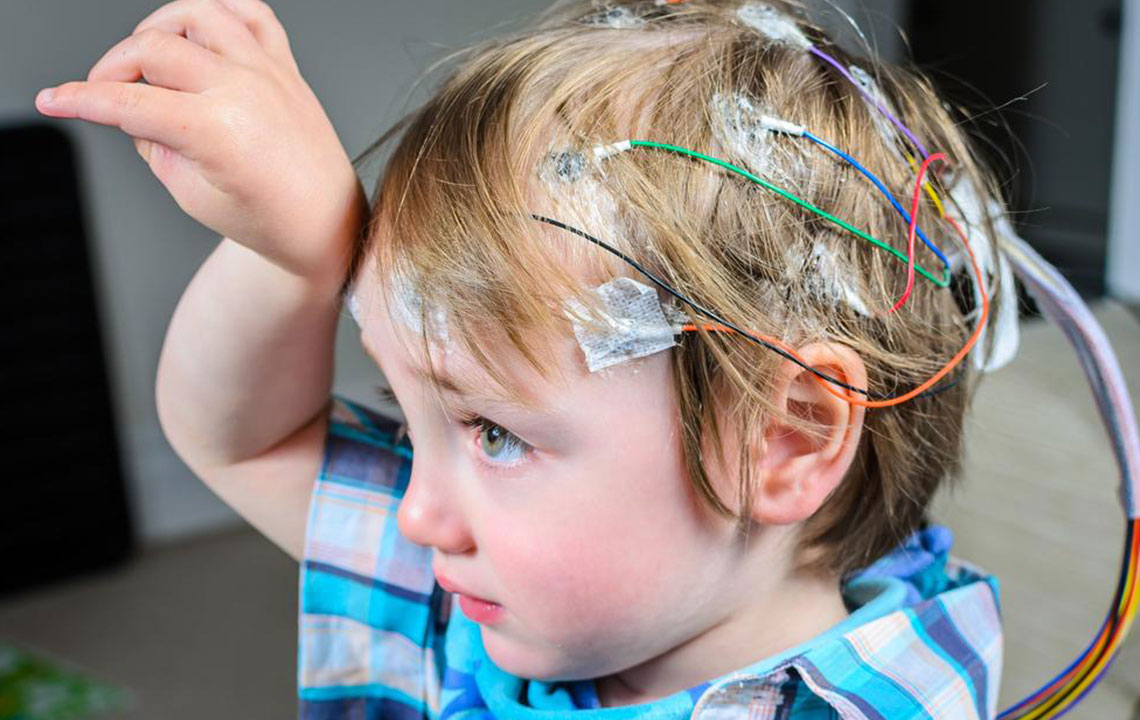Common Signs and Symptoms of Seizures
Seizures can be defined as significant changes in the brain’s electrical activity. These changes result in noticeable symptoms in one’s body such as jerky movements of the arms and legs or violent shaking.
The signs of seizures can range from mild to severe. They should be taken seriously, as even mild seizures may be a sign of a significant underlying medical condition. Consequently, it is important to seek instant medical help if one experiences them.

Types of Seizures
Broadly, the seizures can be classified into the following types:
Non-epileptic seizures – These occur as a result of an injury, where the head suffers a major blow. These seizures can be cured with effective treatment. Normally, they do not come back after treatment.
Partial seizures – Also known as focal, temporal lobe and Jacksonian seizures, partial seizures occur if one is suffering from epilepsy. Epilepsy is a condition that triggers repeated seizures.
This type of seizures only occurs in one side of the brain. Consequently, only one side of the body is affected.
Generalized seizures – These kinds of seizures occur when nerve cells in both sides of the brain fail to function, thus affecting both sides of the body. Such seizures can make one have muscle spasms, black out or even fall.
Generalized seizures are further divided into 6 types:
Tonic-clonic/grand mal seizures – These are the most noticeable type of seizures that can last up to 3 minutes. In this, the entire body stiffens, shakes and the person loses consciousness. It can even lead to breathing problems or loss of bladder or bowel control.
Clonic seizures – In this, the muscles experience spasms, making face, arms or neck jerk in time.
Tonic seizures – This is more common in people suffering from epilepsy. The muscles in the arms, legs or trunk tense up, and a result the person loses balance and falls down.
Atonic seizures – In this, the muscles go limp and the person falls down. Even though the seizure only lasts for 15 seconds, a person may experience several in a row.
Myoclonic seizures – In myoclonic seizures, the muscles suddenly start jerking, as if someone has been shocked.
Absence/petit mal seizures – These types of seizures commonly occur in children below 14 years of age. In this, a person stares blankly into space and gets disconnected from the world. They usually only last for a few seconds.
Common symptoms of seizures – A person can experience both partial and generalized seizures at the same time, or one can precede the other.
Some of the most common signs of seizures include the following:
- A feeling of discomfort in the stomach
- A sudden feeling of fear or uneasiness
- Changes in vision
- Dizziness
- Jerking of the entire body
- Uncomfortable sensation
- Headache
Some signs that show the seizure is in progress include the following:
- Loss of consciousness, followed by spells of confusion
- Strong muscle spasms
- Falling down
- Frothing in the mouth, followed by a strange and bad taste in the mouth
- Biting of cheeks or tongue
- Clenching of the teeth
- Uncontrollable eye movements
- Loss of control of bladder or bowel
- Sudden mood swings
- Making unusual sounds such as grunting.
- Neonatal Seizures – These seizures happen in babies who are less than 28 days old. Neonatal seizures are typically very short and in most cases, it is very difficult to identify the signs of seizures.
Some of the most common signs of neonatal seizures include the following:
- Repetitive facial movements such as chewing or sucking
- Uncontrolled eye movement
- Staring into one place for a long time
- Strange pedaling movement of the limbs
- Apnea or breathing disorders
- Myoclonic seizures, which involve swift jerking of one side of the body
- Clonic seizures, which involve rhythmic jerking movements of the facial muscles, tongue, arms or legs
- Tonic seizures, which involve tightening of the muscles, leading to uncontrollable bending or stretching.
What is not a seizure
Some instances may seem like signs of seizures, when in fact they do not originate in the brain.
For instance
- Day dreaming
- Fainting
- Migraines
- Tics
- Mood swings
- Some myoclonic jerks
When to see a doctor
It is important to consult professional help in case one witnesses any signs of seizures. Also, medical help should not be delayed if any of the following takes place:
- The seizures last for more than 5 minutes
- Normal breathing does not happen after the seizure stops
- The interval between the first and second seizure is very less
- Seizure is followed by high-grade fever
- One is pregnant or diabetic
- Occurence of any injury during the seizure
- Also, if one has experienced a seizure for the first time, medical assistance should be sought.




